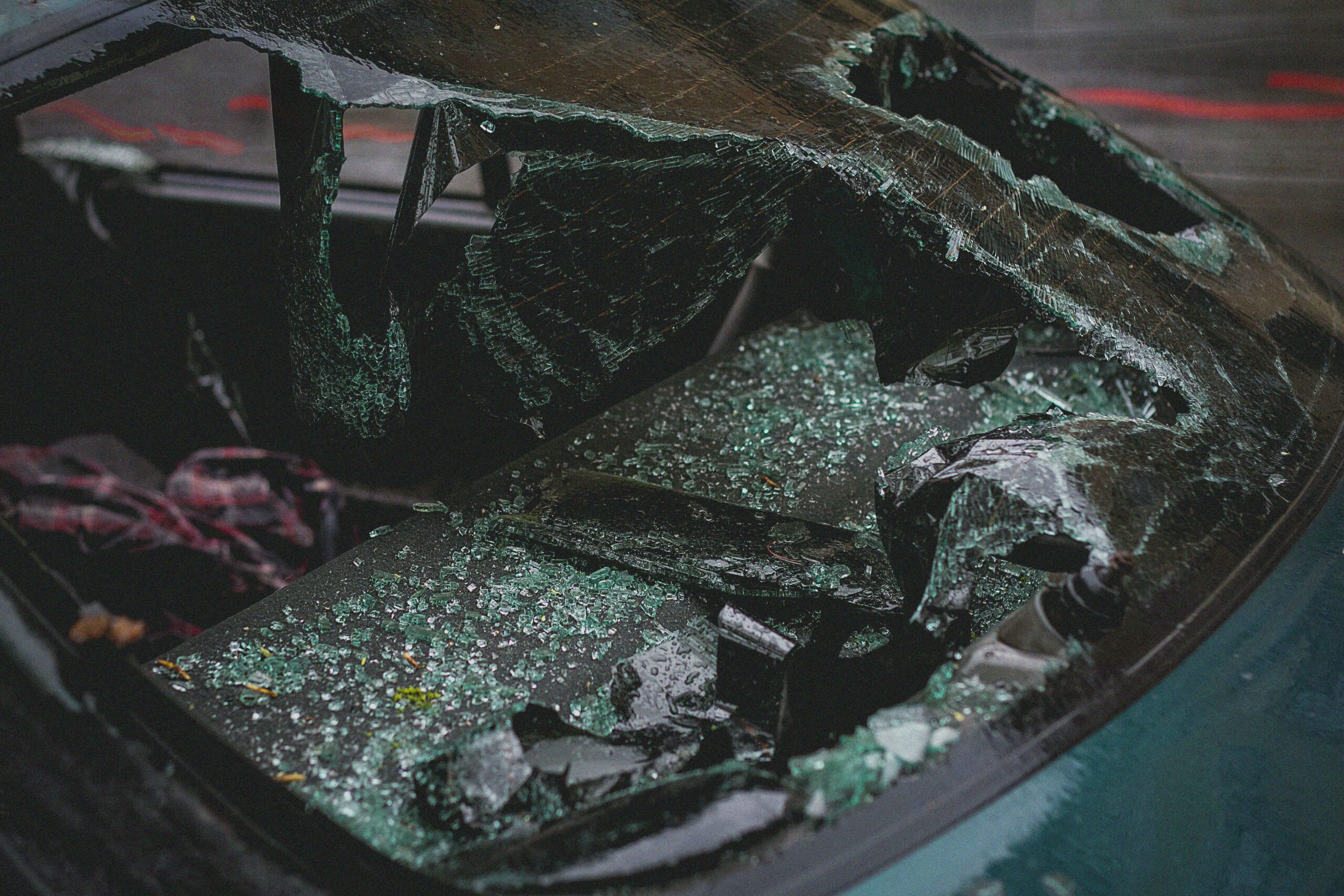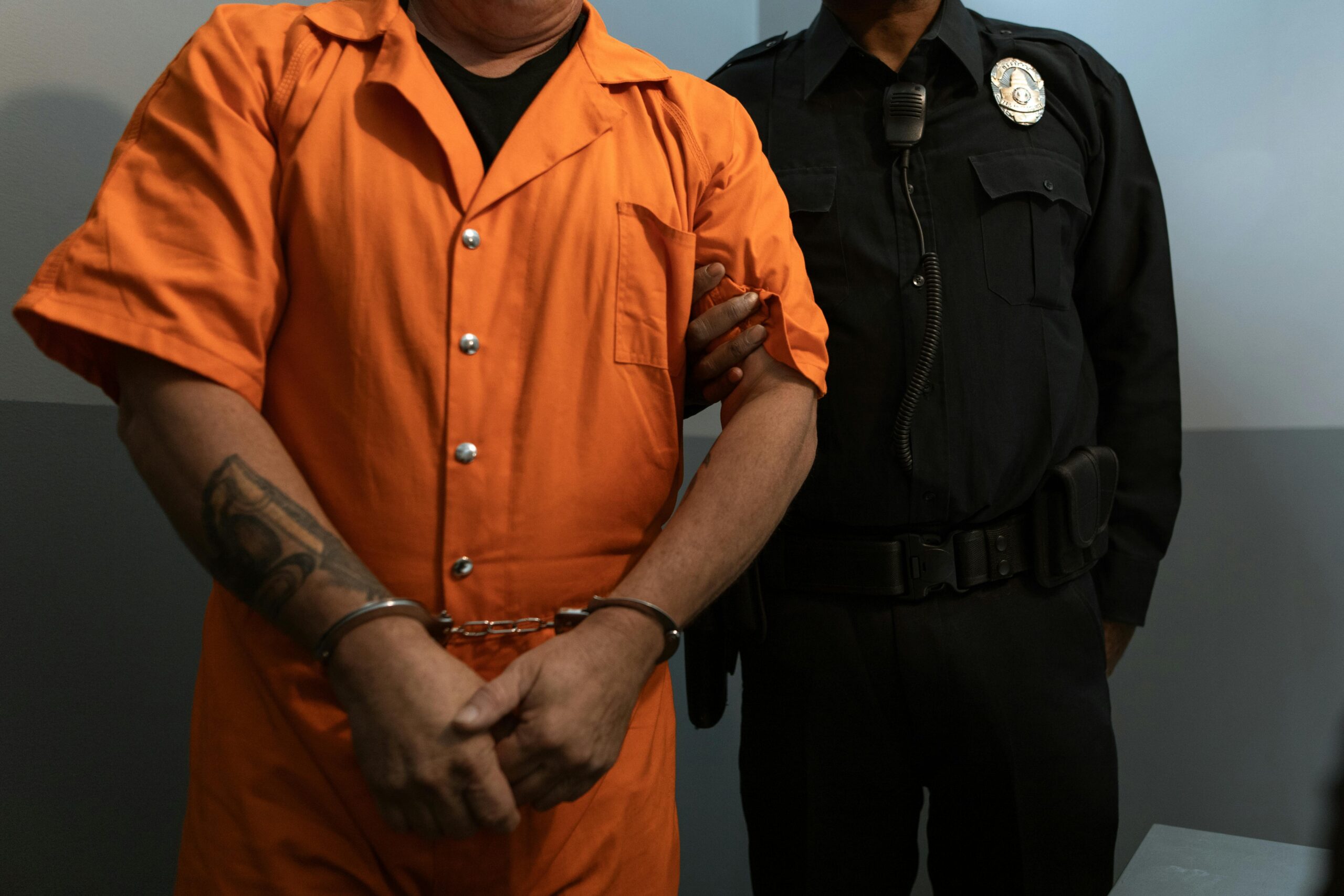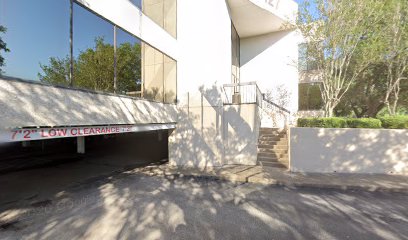We’ve all heard about people who damaged someone else’s property. A spiteful girlfriend may key her cheating boyfriend’s car. An angry neighbor might run his lawnmower across his neighbor’s beautifully planted flowers. A hostile college student may destroy another student’s bicycle because the pair fought over a girl or something in class.
There are countless occasions where people have destroyed another’s property. Sometimes, the offender is a known criminal, other times the behavior is a first and out of the ordinary for the individual, but something happened to set them off. The problem is, the act of destroying someone else’s property isn’t just wrong, it’s downright illegal and can lead to criminal mischief charges.
Criminal Mischief: Texas Penal Code
The offense of criminal mischief is under Section 28.03 of the Texas Penal Code. You commit the offense if you, without the property owner’s consent:
- Intentionally or knowingly destroy the other person’s property;
- Intentionally or knowingly tamper with the other person’s property and cause a financial loss to the owner or a substantial inconvenience to the property owner or another person;
- Intentionally or knowingly put markings on the other person’s property, including drawings, paintings, or inscriptions.
Generally, criminal mischief is a Class A, B, or C misdemeanor depending on the amount of financial loss, but it can be a felony if the loss is significant. It is a Class A misdemeanor if the financial loss is $750, but not more than $2,500. However, if the financial is $2,500 or more, but not more than $30,000, it is a state jail felony. Criminal mischief is a Class B misdemeanor if the financial loss was $100 or more, but less than $750. Criminal mischief is a Class C misdemeanor if the financial loss is less than $100.
Facing criminal mischief charges in Plano? Contact our firm for a hard-hitting defense!








